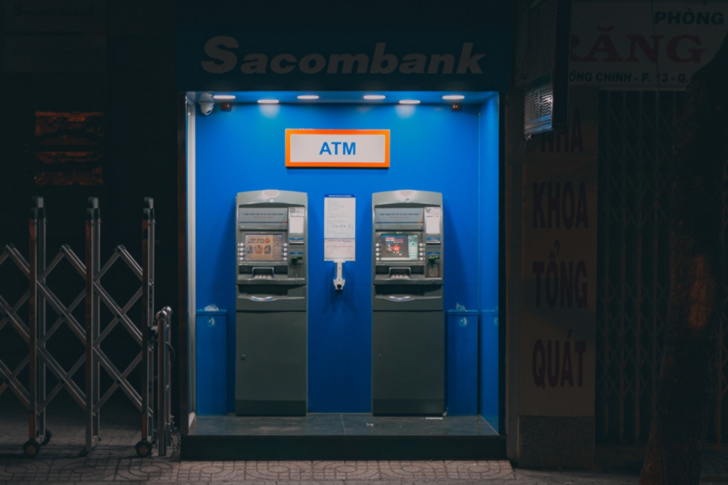What Is A Checking Account And How Does It Work?
A checking account is one of the more convenient ways of banking. This type of bank account will allow you to write checks on the amount of money you deposit. Nowadays, people tend to use ATM and debit cards far more than writing checks.
What Is The Definition Of A Checking Account?
The only thing that defines a checking account is the ability to write checks. Modern checking accounts also have ATMs and debit cards which you can use to withdraw money anytime and anywhere or just use it with the swipe of your card. Some accounts even offer a combination of an ATM and debit card.

What Are The Typical Features?
● Debit card for ATM withdrawals and purchases
● One free order of personal checks which is used to write the amount of money on
● Direct deposits from an employer
● Ability to send money with ACH transfers and wires
A checking account may also simplify your everyday life by automatically paying for your home bills, mortgage, and credit card bills. Checking accounts also offer online transactions so you can send money anytime and anywhere.
Types Of Checking Accounts
1. Standard Account – these are best for customers in need of reliable and 24/7 banking services as there are lots of ATMs you can find almost anywhere but requires a maintaining balance in order to waive monthly fees.

2. Online – perfect for customers who don’t want the hassle of going into banks to make transactions. Online accounts also have minimum maintaining balance but would sometimes require transaction fees.
3. Business Account – perfect for business owners because these have higher spending and withdrawal limits but it requires higher maintaining balance fees.
4. Premium Account – Perfect for customers who deposit large amounts of money. Premium account holders receive more complimentary services from banks and earn some interest from the deposit. However, premium accounts also require higher maintenance fees.
5. Student Accounts – these are accounts made especially for students who want to start saving a little money on the side. These require little to no maintaining balance but have an age limit and qualification requirements.
6. Senior Accounts – these accounts were designed for senior citizens specifically for them to have easier access to their pensions. It also requires very little maintaining balance but is low in availability and has an age requirement.
7. Second Chance Accounts – these accountants are made for people who have bad credit history and can no longer open up an account.
Photo Credits:
Photo by Kelly Sikkema on Unsplash
Photo by Hiep Duong on Unsplash
Photo by Tyler Franta on Unsplash
